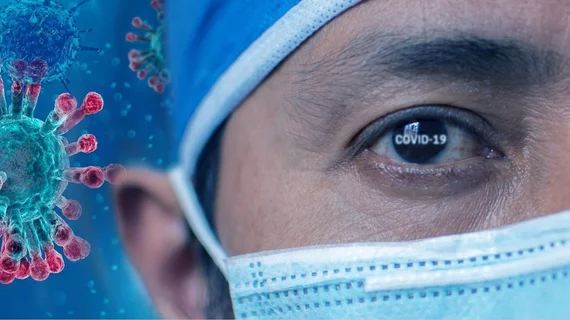Compassion and clarity: How to communicate with CVD patients during the pandemic
Patient communication is more important than ever during the ongoing COVID-19 pandemic—especially when there is a history of cardiovascular disease (CVD) to consider. Healthcare providers must work act with compassion and consider the patient’s values at all times, according to a new commentary published in Circulation.
“The COVID-19 worldwide pandemic is significantly impacting healthcare,” wrote lead author Caitlin Holt Siropaides, DO, University of Texas Southwestern Medical School in Dallas, and colleagues. “Attention is drawn to the epicenters, but there are millions of cardiovascular disease (CVD) patients and providers attempting to navigate the system across the country. In this time of uncertainty, we struggle to communicate effectively with our patients, particularly with the transition to telehealth visits.”
Siropaides et al. noted that each patient’s goals of care should be addressed individually, and conversations surrounding those goals are “uniquely different” now because so much about COVID-19 remains unknown. For example, patients suffering from COVID-19 can decline at a rapid rate, meaning discussions about care need to occur much earlier than normal. Also, any potential knowledge gaps about the illness should be filled as quickly as possible; the more a patient understands about their situation, the better.
“Patients with pre-existing CVD are at an increased risk of adverse outcomes and mortality, though [they] may not conceptualize how a COVID infection could significantly impact their quality of life or cardiac disease even if they survive,” the authors wrote. “This can provoke strong emotions, thus it is crucial to address and explore the impact of this news.”
Siropaides and colleagues recommended utilizing a framework such as Vital Talk’s REMAP or Ariadne Labs’ Serious Illness Conversation Guide when communicating with patients in such situations. Another Vital Talk resource, the COVID Ready Communication Playbook, is also recommended.
It is also important to remember that patients with health issues unrelated to COVID-19 may need more thorough communication than in the past. The authors noted that this pandemic “dominates the media,” often leading to serious patient concerns, and it is up to healthcare providers to be there in such times of anxiety or fear.
“During this pandemic, we are charged with rapidly learning about a new disease and communicating clearly and compassionately with our patients with CVD,” the authors wrote. “Using these communication strategies to strengthen the therapeutic relationship and identify goals of care is a critical part of caring for our patients.”

